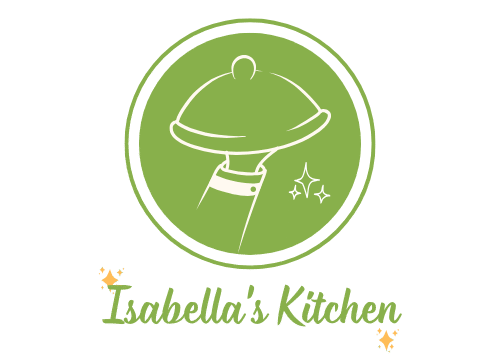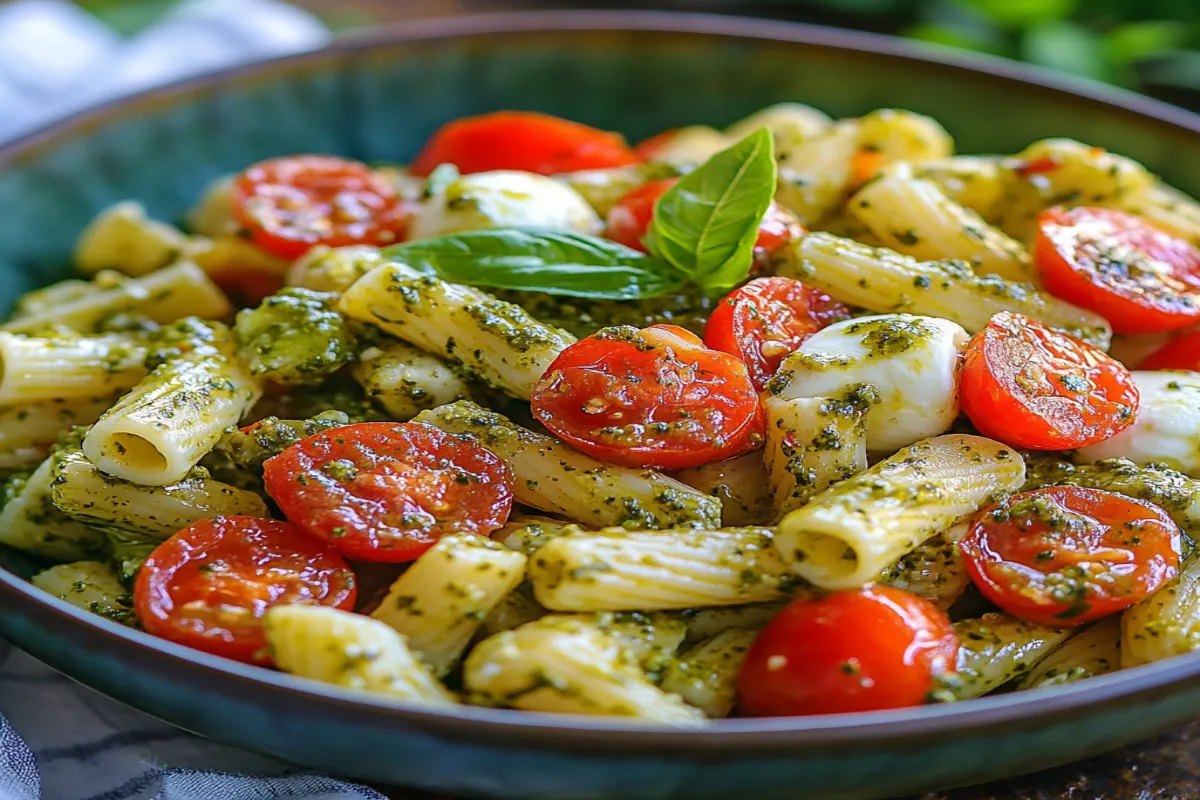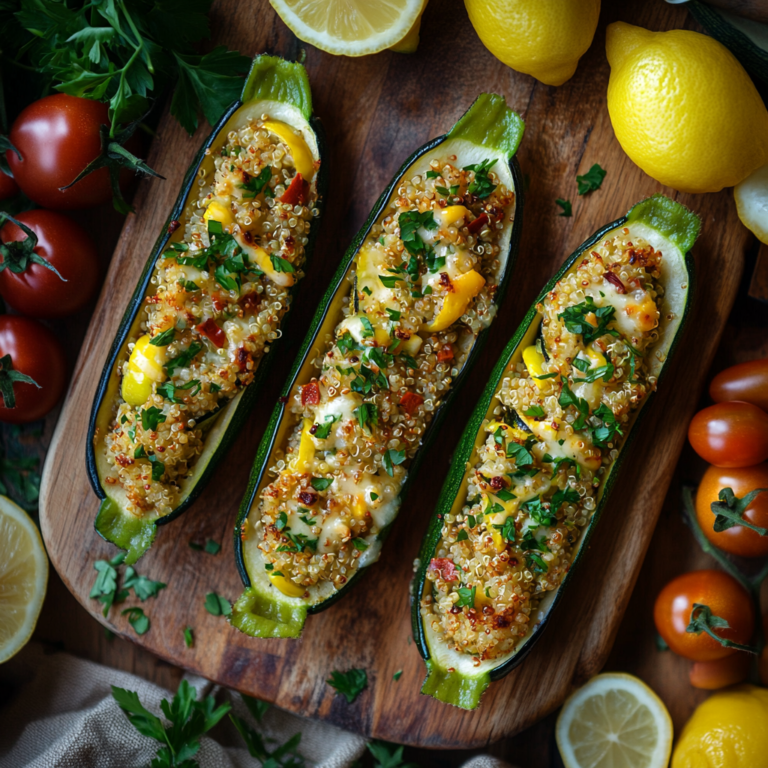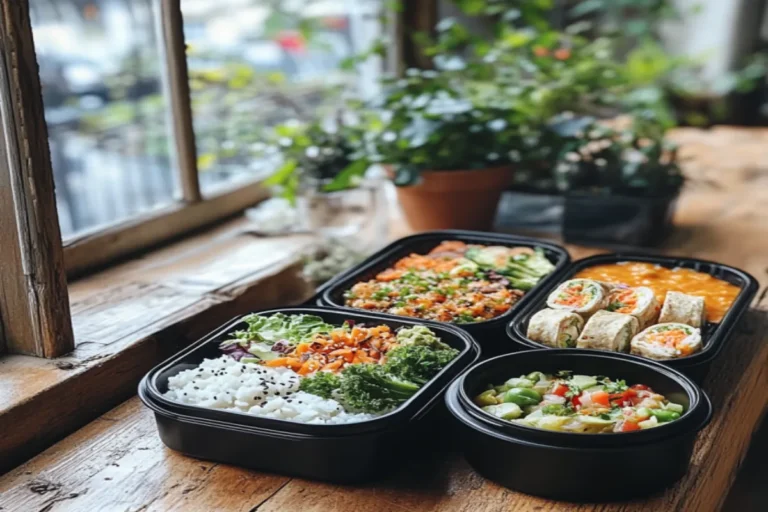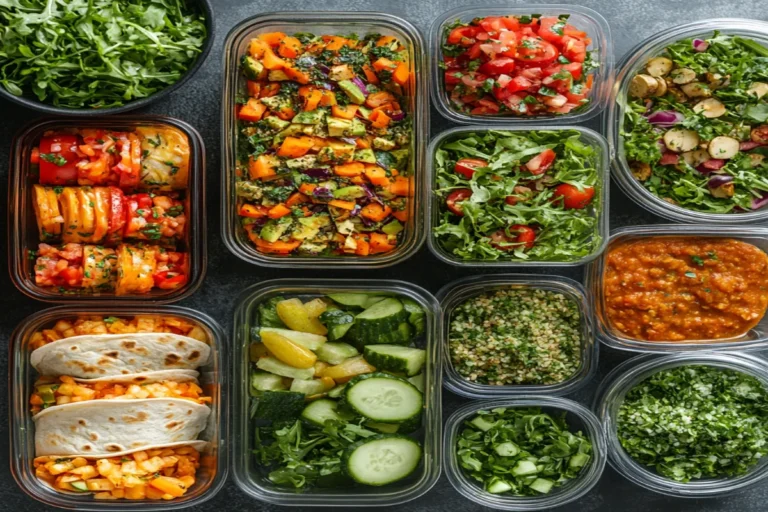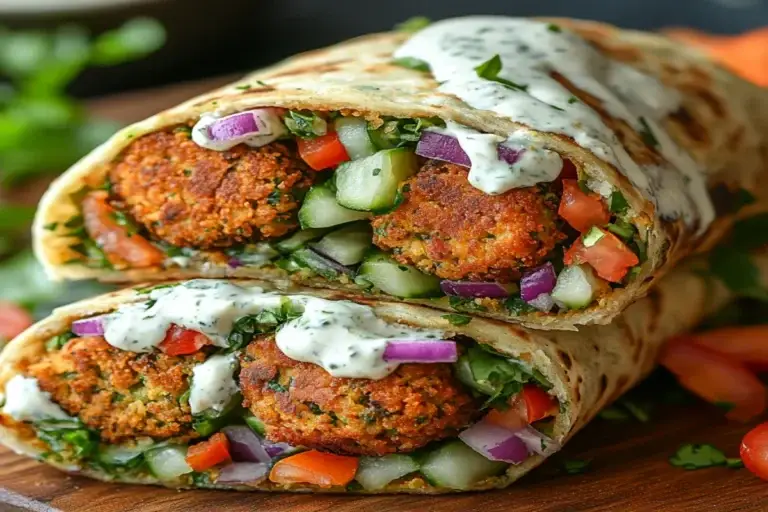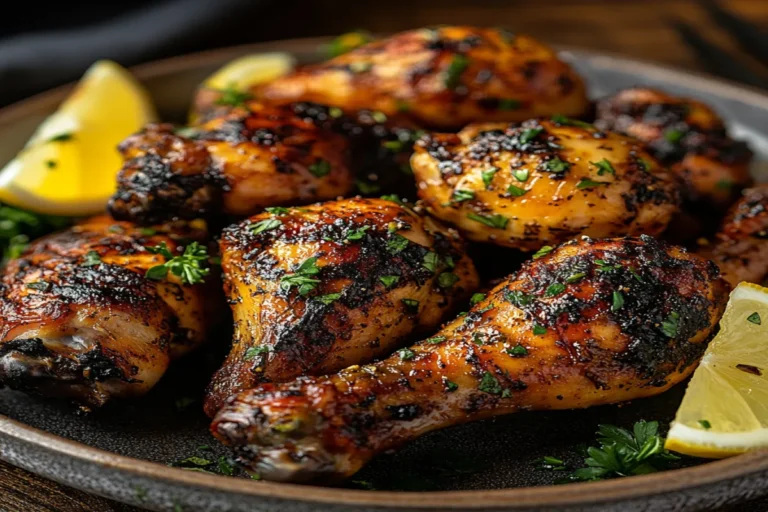Delight Pesto Pasta Salad with Cherry Tomatoes & Mozzarella
Table of Contents
When the temperature rises and the last thing you want to do is stand over a hot stove for hours, cold pasta salad becomes your culinary savior. There’s something magical about a dish that tastes better after sitting in the refrigerator, allowing all those beautiful flavors to mingle and develop into something greater than the sum of its parts. This pesto pasta salad with cherry tomatoes and mozzarella represents everything we love about warm-weather cooking – fresh, vibrant, and effortlessly elegant.
Imagine tender pasta spirals coated in aromatic basil pesto, punctuated by bursts of sweet cherry tomatoes and creamy mozzarella pearls. Each forkful delivers a perfect balance of herbaceous freshness, natural sweetness, and rich creaminess that embodies the essence of Italian summer cuisine. This isn’t just another pasta salad destined to sit forgotten at the back of a potluck table – it’s a showstopper that disappears faster than you can make it, leaving everyone asking for the recipe.
Why You’ll Love This Pesto Pasta Salad
A Symphony of Complementary Flavors
The genius of this pasta salad lies in how each component enhances the others, creating a harmonious flavor profile that’s both sophisticated and comforting. Fresh basil pesto provides the aromatic foundation with its bright, herbaceous notes and hint of garlic that awakens your palate. The pine nuts in traditional pesto add subtle nuttiness and richness, while Parmesan cheese contributes sharp, salty depth that ties everything together.
Cherry tomatoes bring natural sweetness and acidity that cuts through the richness of the pesto and cheese, providing crucial balance to prevent the dish from becoming heavy. Their burst of juice when bitten releases concentrated tomato flavor that mingles with the other ingredients, creating pockets of brightness throughout the salad. The best cherry tomatoes taste like concentrated sunshine – sweet, slightly tart, and intensely flavorful.
Fresh mozzarella adds luxurious creaminess and mild, milky flavor that serves as a cooling counterpoint to the boldness of the pesto. Whether you choose tiny bocconcini, larger ciliegine, or simply dice a ball of fresh mozzarella, this cheese provides textural contrast and richness that transforms a simple pasta salad into something special. The key is using high-quality mozzarella that’s creamy rather than rubbery – it should yield gently when pressed and taste clean and fresh.
Unmatched Versatility for Every Occasion
This pesto pasta salad adapts beautifully to countless situations, making it one of the most valuable recipes in your repertoire. For outdoor gatherings and picnics, it’s ideal because it doesn’t require heating and actually improves as it sits at room temperature for reasonable periods. Unlike mayonnaise-based salads that pose food safety concerns in warm weather, the olive oil base in pesto remains stable, making this salad perfect for outdoor entertaining.
Meal prep enthusiasts will find this salad invaluable for busy weekdays. Make a large batch on Sunday, and you’ll have ready-made lunches that require no additional preparation beyond grabbing a fork. The flavors continue developing over the first day or two in the refrigerator, meaning your Tuesday lunch might actually taste better than your Sunday dinner.
As a side dish, this salad complements virtually everything. Serve it alongside grilled meats for barbecues, pair it with roasted chicken for family dinners, or present it as part of an Italian-themed spread with crusty bread and antipasto. Its bright flavors and attractive presentation make it equally suitable for casual family meals and elegant dinner parties.
The salad also works beautifully as a light main course, especially when enhanced with protein additions. A simple addition of grilled chicken, white beans, or hard-boiled eggs transforms it from side dish to satisfying meal that’s perfect for lunch or light dinner.
Ingredients Overview

Choosing the Perfect Pasta
The pasta you select significantly impacts the final dish, as different shapes hold sauce and ingredients differently. Short pasta shapes with nooks and crannies work best for pasta salad because they capture and hold the pesto, ensuring every bite is flavorful. Fusilli, with its corkscrew shape, excels at grabbing pesto and small ingredients like diced mozzarella. The spirals create perfect pockets for the sauce while providing interesting texture.
Penne and rigatoni offer excellent alternatives with their tube shapes that allow pesto to coat both inside and outside surfaces. These shapes also provide substantial bite and hold up well to the weight of cherry tomatoes and mozzarella. Farfalle, or bow-tie pasta, brings visual appeal and its unique shape creates varying textures within each piece – some parts tender, others with slight bite.
For those avoiding gluten, numerous excellent gluten-free pasta options exist that work beautifully in this salad. Look for varieties made from rice, corn, or legumes, but pay careful attention to cooking times as they can become mushy more quickly than wheat pasta. The key is achieving perfect al dente texture, as the pasta will continue to absorb flavors and soften slightly as the salad chills.
Cook pasta in generously salted water – it should taste like seawater. This is your only opportunity to season the pasta itself, and properly salted pasta makes a noticeable difference in the final dish. Reserve a cup of pasta cooking water before draining, as the starchy water can help thin pesto if needed and improve sauce adhesion.
Pesto: The Heart of the Dish
Pesto serves as the flavor foundation of this salad, so quality matters immensely. Homemade pesto offers unmatched freshness and allows you to control salt levels, oil quality, and ingredient ratios. Fresh basil pesto made with high-quality olive oil, freshly grated Parmesan, and toasted pine nuts creates depth and complexity that’s impossible to replicate with processed versions.
When making homemade pesto, use young basil leaves for the best flavor and avoid washing them if possible – simply wipe clean with damp paper towels to prevent excess moisture. Toast pine nuts lightly in a dry skillet until fragrant to intensify their flavor. Use high-quality extra virgin olive oil and freshly grated Parmesan cheese rather than pre-grated varieties.
If time constraints require store-bought pesto, invest in high-quality versions from the refrigerated section rather than shelf-stable jars. Look for pestos with short ingredient lists featuring recognizable components. The color should be vibrant green rather than dull or brown, and the texture should be smooth but not homogenized.
Regardless of whether you make or buy pesto, you’ll likely need to thin it slightly for pasta salad application. Pesto that works perfectly for hot pasta often becomes too thick when chilled. A tablespoon or two of good olive oil, pasta cooking water, or even fresh lemon juice can achieve the right consistency for coating cold pasta effectively.
Cherry Tomatoes: Bursts of Summer Sweetness
Cherry tomatoes provide crucial flavor balance and visual appeal to this salad. The best varieties offer intense, concentrated tomato flavor with natural sweetness that balances the richness of pesto and mozzarella. Look for tomatoes that feel heavy for their size and give slightly when gently squeezed – signs of ripeness and juice content.
Different cherry tomato varieties bring unique characteristics to the salad. Sweet 100s live up to their name with exceptional sweetness, while Sun Gold varieties offer tropical fruit notes alongside traditional tomato flavor. Red cherry tomatoes provide classic flavor, but don’t overlook yellow, orange, or purple varieties that add visual interest and subtle flavor variations.
For optimal flavor, store cherry tomatoes at room temperature rather than refrigerating them. Cold temperatures damage the cellular structure that produces tomato flavor compounds. If you must refrigerate ripe tomatoes, bring them to room temperature before using to restore some flavor development.
When preparing tomatoes for the salad, halving them serves multiple purposes. It releases some of their juice to mingle with the pesto, creates more surface area for flavor absorption, and prevents whole tomatoes from rolling around the bowl. Cut them shortly before assembling the salad to maintain the best texture and prevent excessive juice loss.
Mozzarella: Creamy Luxury in Every Bite
Fresh mozzarella transforms this pasta salad from ordinary to extraordinary with its creamy texture and mild, clean flavor. The quality of mozzarella makes a dramatic difference in the final dish, so seek out the best you can find. Fresh mozzarella should taste clean and milky with slight tang, and the texture should be tender and yielding rather than rubbery or squeaky.
Mozzarella balls, or bocconcini, offer convenient sizing for pasta salad and distribute evenly throughout the dish. These small spheres provide perfect bite-sized portions of creaminess in each forkful. Larger ciliegine work equally well and can be halved if desired for different textural experience.
If using a large ball of fresh mozzarella, drain it well and pat dry with paper towels before cubing. Excess moisture can dilute the pesto and make the salad watery. Cut the mozzarella into pieces roughly the same size as your pasta to ensure balanced bites.
Some cooks prefer to salt the cubed mozzarella lightly and let it drain for 15-20 minutes before adding it to the salad. This technique removes excess moisture while concentrating flavor slightly. However, be cautious with added salt since pesto and Parmesan already contribute significant sodium.
Optional Add-ins for Personalization
While the basic trio of pesto, tomatoes, and mozzarella creates perfection, optional additions can customize the salad for different tastes and occasions. Fresh arugula adds peppery bite and beautiful color contrast, wilting slightly when mixed with warm pasta to become tender while retaining some texture. Baby spinach offers similar benefits with milder flavor that won’t compete with the pesto.
Toasted pine nuts echo the nuts in traditional pesto while providing textural contrast and rich, buttery flavor. Toast them in a dry skillet until golden and fragrant, watching carefully to prevent burning. Other nuts like sliced almonds or chopped walnuts work well too, each bringing different flavor profiles.
Mediterranean ingredients like Kalamata olives, sun-dried tomatoes, or roasted red peppers transport the salad to coastal Italy with their intense, concentrated flavors. Use these additions sparingly to avoid overwhelming the delicate balance of the main ingredients.
Fresh herbs beyond basil can add complexity – torn fresh oregano, chopped flat-leaf parsley, or snipped chives each contribute different aromatic notes that complement the pesto beautifully.
Step-by-Step Preparation
Achieving Perfect Pasta Texture
Begin by bringing a large pot of water to a rolling boil. Use plenty of water – at least four quarts for a pound of pasta – to prevent the pasta from sticking together and to maintain consistent temperature when pasta is added. Salt the water generously; it should taste distinctly salty, like seawater.
Add pasta to the boiling water and stir immediately to prevent sticking. Cook according to package directions for al dente texture, but start testing a minute or two before the suggested time. Pasta for cold salad should be slightly firmer than pasta served hot, as it will continue to soften slightly as it absorbs flavors from the dressing.
The perfect al dente texture offers slight resistance when bitten – tender throughout but with just a hint of firmness in the center. Overcooked pasta becomes mushy in cold salad and doesn’t hold its shape well when mixed with other ingredients.
Before draining, reserve a cup of pasta cooking water. This starchy, salty water proves invaluable for adjusting pesto consistency and can help the sauce adhere better to the pasta. Drain the pasta thoroughly in a colander, then rinse briefly with cool water to stop the cooking process and remove excess starch that could make the salad gummy.
Transfer the pasta to a large mixing bowl and drizzle with a tablespoon of olive oil, tossing to coat lightly. This prevents the pasta from sticking together as it cools and creates a base layer that helps the pesto adhere evenly.
Preparing Supporting Ingredients
While the pasta cools, prepare your other ingredients to ensure they’re ready when needed. Wash cherry tomatoes and pat them completely dry with paper towels. Moisture on the tomato surfaces will dilute the pesto and create a watery salad. Cut the tomatoes in half, working over a small bowl to catch any juice that escapes – this flavorful juice can be added back to the salad for extra tomato flavor.
If using fresh mozzarella balls, drain them from their liquid and pat dry gently with paper towels. For larger mozzarella, cut it into cubes roughly the same size as your pasta pieces. If the mozzarella seems very wet, place the cut pieces on paper towels for a few minutes to absorb excess moisture.
Prepare any optional ingredients at this stage. Wash and dry leafy greens thoroughly, toast nuts until fragrant and golden, or prepare other add-ins according to their specific requirements. Having everything ready makes the final assembly quick and prevents any ingredients from sitting too long and deteriorating.
Masterful Mixing Technique
The key to excellent pesto pasta salad lies in proper mixing technique that ensures even distribution of all components without breaking delicate ingredients. Start with completely cooled pasta – if it’s still warm, it will cause the mozzarella to melt and the greens to wilt excessively.
Add the pesto to the cooled pasta gradually, starting with about three-quarters of the total amount. Using a large spoon or pasta fork, lift and fold the pasta gently to coat evenly. The motion should be more like folding cake batter than stirring soup – gentle lifts and turns that distribute the pesto without mashing the pasta.
Once the pasta is evenly coated, add the cherry tomatoes and fold them in gently. Their cut surfaces will release some juice that mingles with the pesto, creating a more complex sauce. Add the mozzarella last, folding it in with the gentlest touch to prevent breaking the delicate cheese.
Taste the salad and adjust seasoning as needed. You might need more pesto, a squeeze of fresh lemon juice for brightness, or a pinch of salt to bring all the flavors into focus. Remember that flavors will meld and intensify as the salad chills, so avoid overseasoning at this stage.
The Essential Chilling Period
While it might be tempting to serve the salad immediately, chilling is crucial for developing the best flavor. Cover the bowl with plastic wrap and refrigerate for at least one hour, though two to four hours produces even better results. During this time, the pasta absorbs flavors from the pesto, the tomato juices distribute throughout the salad, and all the components meld into a cohesive dish.
The mozzarella also firms up slightly during chilling, making it less likely to break apart when serving. Cold temperatures allow the olive oil in the pesto to carry flavors more effectively, creating a more pronounced and satisfying taste experience.
Check the salad after the initial chilling period and give it a gentle stir to redistribute any ingredients that may have settled. Taste again and adjust seasoning if necessary – cold foods often need slightly more seasoning than their warm counterparts to achieve the same flavor impact.
Tips for the Perfect Pesto Pasta Salad
Achieving Ideal Pesto Consistency
Pesto that works perfectly for hot pasta often becomes too thick for cold pasta salad application. The key is achieving a consistency that coats the pasta evenly without being gloopy or too thin. If your pesto seems thick, thin it gradually with high-quality olive oil, adding just a teaspoon at a time while mixing until you reach the desired consistency.
Pasta cooking water makes an excellent thinning agent because its starch content helps the pesto adhere to the pasta better than plain water would. The residual salt in pasta water also enhances flavors without making the dish overly salty. Add pasta water gradually, just a tablespoon at a time, mixing thoroughly between additions.
Fresh lemon juice serves double duty as both a thinning agent and flavor enhancer. The acidity brightens the rich pesto and adds complexity to the overall dish. Start with just a teaspoon and adjust to taste – you want to enhance, not overpower, the basil flavor.
If your pesto becomes too thin, you can thicken it by mixing in additional grated Parmesan cheese or finely ground nuts. These additions maintain the flavor profile while adjusting texture appropriately.
Flavor Enhancement Strategies
While the basic combination is delicious, several simple additions can elevate your pesto pasta salad to restaurant quality. Fresh lemon zest adds bright, citrusy notes that complement the basil beautifully while providing aromatic intensity that juice alone cannot achieve. Use a microplane grater to create fine zest, avoiding the bitter white pith beneath the skin.
A splash of high-quality balsamic vinegar introduces subtle sweetness and acidity that enhances both the tomatoes and the overall flavor balance. Use aged balsamic sparingly – just a few drops can transform the entire dish. Alternatively, a drizzle of balsamic glaze provides similar benefits with slightly thicker consistency.
Freshly cracked black pepper adds warmth and slight heat that complements the other Mediterranean flavors. Grind it fresh for the most aromatic impact, and add it gradually to avoid overwhelming the delicate balance.
A pinch of red pepper flakes provides gentle heat that enhances rather than masks other flavors. This addition works particularly well if you’re serving the salad alongside grilled meats or as part of a spicy meal theme.
Storage and Refreshing Techniques
Proper storage maintains the quality and safety of your pasta salad for several days. Transfer the salad to airtight containers and refrigerate promptly after serving. Glass containers work particularly well because they don’t absorb odors and allow you to see the contents easily.
Before serving leftover pasta salad, let it come closer to room temperature for the best flavor. Cold temperatures mute flavors, so salad straight from the refrigerator won’t taste as vibrant as it could. Remove it from the refrigerator 15-20 minutes before serving for optimal flavor development.
The salad may appear slightly dry after storage as the pasta continues to absorb the dressing. Refresh it by adding a tablespoon of good olive oil and tossing gently, or thin some additional pesto with olive oil and fold it in carefully. A squeeze of fresh lemon juice can also brighten flavors that may have become muted during storage.
If the mozzarella has released moisture during storage, drain off any accumulated liquid before refreshing the salad. Gentle stirring redistributes ingredients and restores the salad’s original appearance and texture.
Variations to Explore
Protein Additions for Heartier Meals
Transform this side dish into a satisfying main course by incorporating protein that complements the Mediterranean flavor profile. Grilled chicken breast, seasoned with herbs and olive oil, provides lean protein while maintaining the Italian theme. Cut the chicken into bite-sized pieces and let it cool completely before adding to prevent wilting the other ingredients.
Chickpeas offer excellent plant-based protein that pairs naturally with pesto flavors. Use canned chickpeas that have been drained, rinsed, and patted dry, or cook dried chickpeas until tender. For extra flavor, toss the chickpeas with a little olive oil and Italian seasoning before adding to the salad.
White beans, such as cannellini or great northern beans, provide creamy texture and mild flavor that doesn’t compete with the pesto. Their neutral taste allows the other flavors to shine while adding substantial protein and fiber. Rinse canned beans thoroughly to remove excess sodium and starch.
Hard-boiled eggs, while not traditionally Italian, add richness and protein that many find satisfying. Peel and quarter the eggs, adding them just before serving to prevent the yolks from breaking up and clouding the pesto. The eggs’ mild flavor complements the other ingredients without overwhelming them.
Prosciutto or salami, torn into bite-sized pieces, adds authentic Italian flavors and satisfying saltiness. Use these cured meats sparingly, as their intense flavors can quickly dominate the dish. They work particularly well when you want to create a more substantial antipasto-style salad.
Creative Cheese Alternatives
While mozzarella is traditional and delicious, experimenting with different cheeses can create entirely new flavor profiles. Feta cheese provides tangy, salty contrast that works beautifully with the sweet tomatoes and herbaceous pesto. Its firm texture holds up well in pasta salad, and its Mediterranean origins make it a natural fit.
Goat cheese offers creamy richness with distinctive tangy flavor that complements basil beautifully. Use soft goat cheese crumbled into pieces, or look for goat cheese balls that can be halved or quartered. The slight acidity in goat cheese enhances the overall flavor balance.
Fresh ricotta provides mild, creamy texture similar to mozzarella but with slightly more structure. Look for high-quality whole milk ricotta that’s not too wet or grainy. Its neutral flavor allows the pesto to shine while adding luxurious creaminess.
Aged cheeses like Parmesan or Pecorino Romano, while already present in most pestos, can be added in larger quantities for more pronounced flavor. Shave or crumble these hard cheeses over the finished salad for textural contrast and intense, nutty flavor.
Burrata, the luxurious Italian cheese with creamy center, transforms pasta salad into an elegant dish suitable for special occasions. Tear the burrata into pieces just before serving to maintain its creamy texture and visual appeal.
Vegetable Mix-ins for Added Nutrition
Roasted vegetables add depth and complexity while increasing the nutritional value of your pasta salad. Roasted bell peppers provide sweet, smoky flavor and beautiful color contrast. Roast them until the skins char and blister, then peel and cut into strips. Their concentrated sweetness pairs beautifully with both pesto and tomatoes.
Grilled or roasted zucchini adds mild flavor and interesting texture without overwhelming other components. Cut zucchini into half-moons and roast until just tender, avoiding overcooking that results in mushy texture. The slight caramelization from roasting enhances their natural sweetness.
Sun-dried tomatoes intensify the tomato flavor while adding chewy texture and concentrated sweetness. Use oil-packed varieties for the best texture, and slice them into strips if they’re large. Their intense flavor means a little goes a long way.
Fresh spinach or arugula wilts slightly when mixed with room-temperature pasta, creating tender greens that add color, nutrition, and peppery flavor. Add them just before serving to maintain the best texture and color. Baby spinach offers mild flavor, while arugula provides more assertive, peppery notes.
Roasted artichoke hearts bring Mediterranean authenticity and unique flavor that pairs exceptionally well with pesto. Use frozen artichoke hearts that have been thawed and patted dry, or marinated artichokes that have been drained. Their slightly tangy, vegetal flavor adds complexity to the overall dish.
Frequently Asked Questions
Can I Make This Salad Ahead of Time?
This pasta salad not only can be made ahead of time but actually benefits from advance preparation. The flavors meld and develop beautifully when the salad sits in the refrigerator for several hours or overnight. In fact, many people find that day-old pesto pasta salad tastes better than freshly made versions because the pasta has had time to absorb the pesto flavors fully.
For best results, prepare the salad at least two hours before serving, though four to six hours produces optimal flavor development. If making the salad a full day ahead, you might need to refresh it with a drizzle of olive oil and a gentle toss before serving, as the pasta may absorb some of the dressing during extended storage.
The key to successful make-ahead pasta salad is proper storage in airtight containers and gentle stirring before serving to redistribute ingredients. Avoid adding delicate ingredients like fresh herbs or soft cheeses until closer to serving time if you’re concerned about their texture after extended storage.
When preparing for large gatherings or meal prep, this make-ahead friendly nature makes pesto pasta salad invaluable. You can prepare large batches efficiently and have them ready when needed without last-minute preparation stress.
How Long Does It Last in the Fridge?
Properly stored pesto pasta salad maintains quality and safety for up to three days in the refrigerator. Store it in airtight containers to prevent the absorption of other refrigerator odors and to maintain moisture levels. Glass containers work particularly well for this purpose and allow easy visual inspection of the contents.
The salad is typically best on the first and second days after preparation when all ingredients maintain their optimal textures and flavors. By the third day, you may notice that the pasta has absorbed more of the dressing and the vegetables have released additional moisture, though the salad remains safe to eat and often still quite delicious.
Signs that the salad has passed its prime include off odors, slimy texture in the vegetables, or any visible mold growth. The high oil content in pesto helps preserve the salad, but fresh ingredients like tomatoes and mozzarella limit the overall storage life.
For longer storage, you can freeze portions of the pasta and pesto mixture without the tomatoes and mozzarella, adding fresh ingredients when you thaw and serve the salad. This approach works well for meal prep but results in slightly different texture than fresh preparation.
Can I Use Gluten-Free Pasta?
Absolutely! Gluten-free pasta works excellently in this recipe and allows those with celiac disease or gluten sensitivity to enjoy this delicious salad. The key to success with gluten-free pasta lies in proper cooking technique and pasta selection.
Choose high-quality gluten-free pasta made from rice, corn, or legumes for the best texture and flavor. Some brands hold up better than others in cold preparations, so you may need to experiment to find your preferred option. Pasta made from chickpeas or lentils adds extra protein and fiber while complementing the Mediterranean flavors beautifully.
Cook gluten-free pasta with extra attention to timing, as it can go from perfect to mushy very quickly. Start testing for doneness a minute or two before the package directions suggest, and err on the side of slightly undercooking since the pasta will continue to soften in the salad.
Rinse cooked gluten-free pasta thoroughly with cool water to remove excess starch, which can make the salad gluey. Some gluten-free pastas benefit from a light coating of olive oil after draining to prevent sticking and improve texture in the finished salad.
The other ingredients in this recipe are naturally gluten-free, making it easy to create a completely gluten-free dish that doesn’t compromise on flavor or satisfaction.
Conclusion
This pesto pasta salad with cherry tomatoes and mozzarella represents the perfect marriage of convenience and sophistication, proving that simple ingredients can create extraordinary results when combined thoughtfully. The harmony between aromatic basil pesto, sweet cherry tomatoes, and creamy mozzarella creates a dish that’s simultaneously comforting and elegant, suitable for casual family dinners and sophisticated entertaining alike.
The versatility of this recipe makes it invaluable for modern lifestyles. Whether you’re planning a picnic, preparing meals for the week, or need an impressive side dish for your next gathering, this pasta salad delivers consistent results with minimal effort. Its make-ahead friendly nature and ability to improve with time make it a practical choice for busy schedules.
Beyond its practical benefits, this salad connects us to the simple pleasures of Mediterranean cuisine, where fresh, high-quality ingredients are treated with respect and allowed to shine. Each component plays an essential role in the overall experience, creating a dish that’s much greater than the sum of its parts.
The endless possibilities for customization ensure you’ll never tire of this basic formula. From protein additions that transform it into a main course to creative vegetable mix-ins that boost nutrition and flavor, this recipe serves as a canvas for your culinary creativity. Don’t hesitate to experiment with different cheeses, vegetables, or herbs to create your own signature version.
Now it’s time to gather your ingredients and experience the magic of this timeless combination for yourself. Start with the classic version to master the techniques, then let your imagination guide you toward your own perfect variation. Share your creations with friends and family – few dishes generate as much enthusiasm as a perfectly executed pesto pasta salad. Remember to make extra, because this crowd-pleaser disappears quickly, leaving everyone asking when you’ll make it again.
